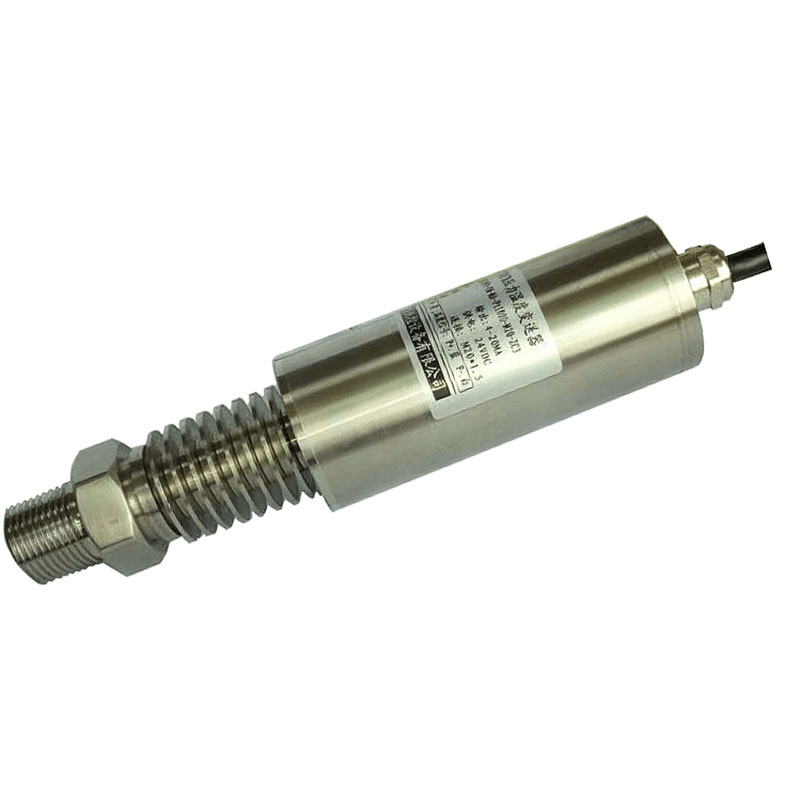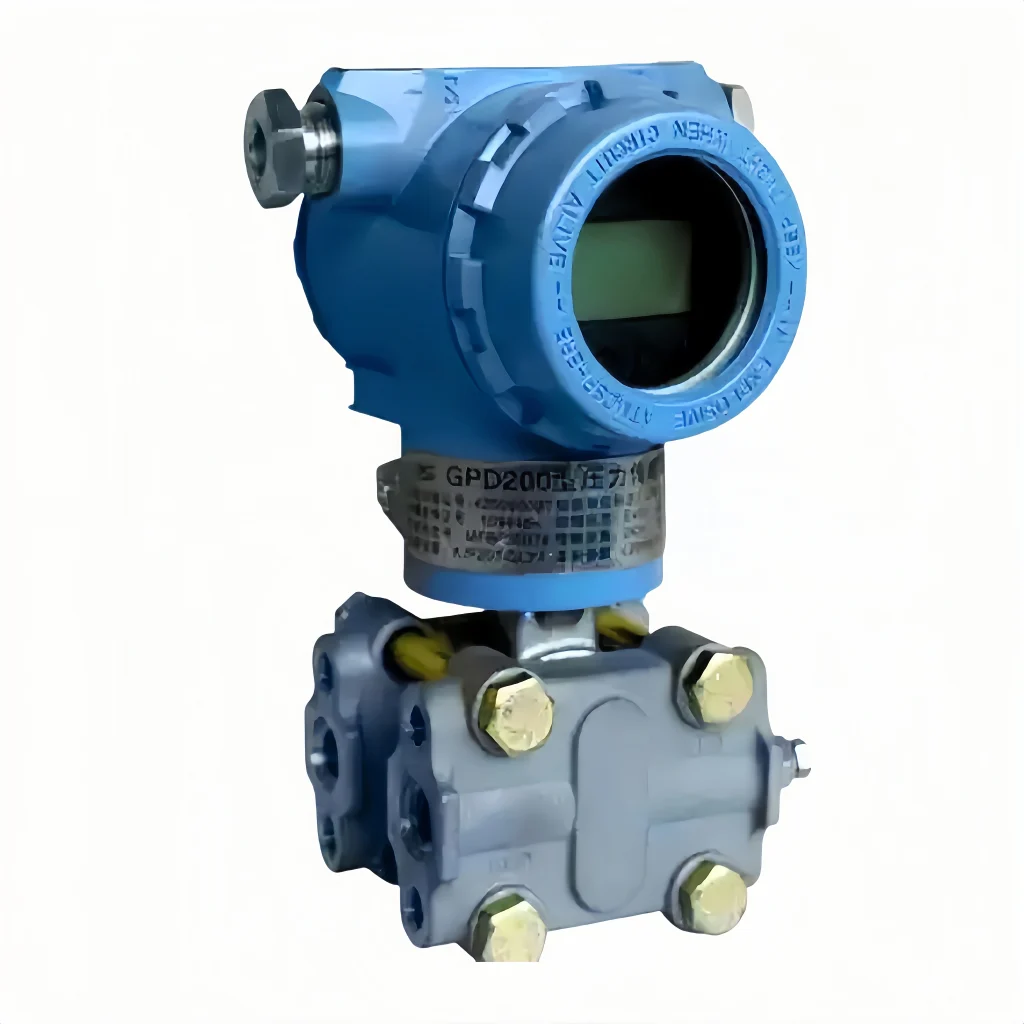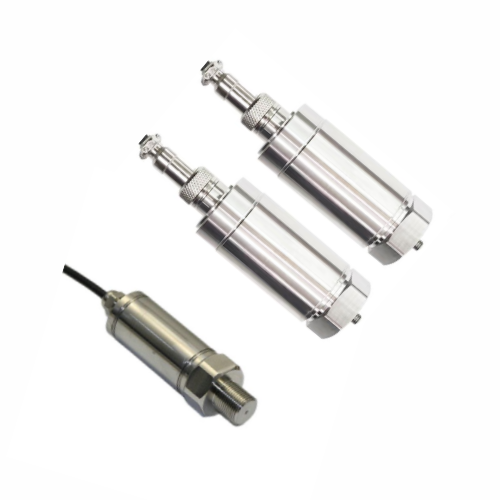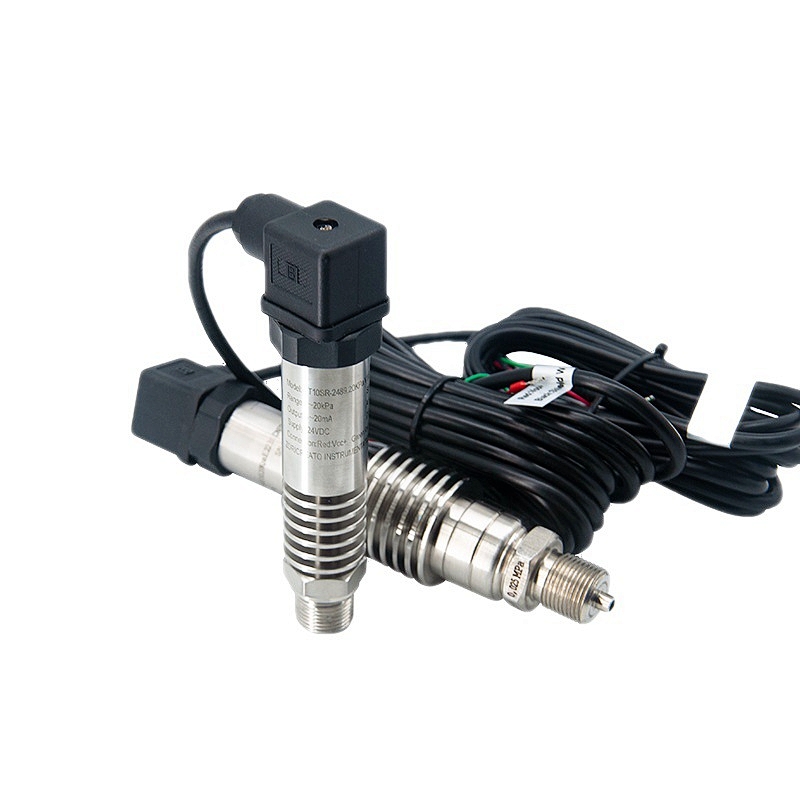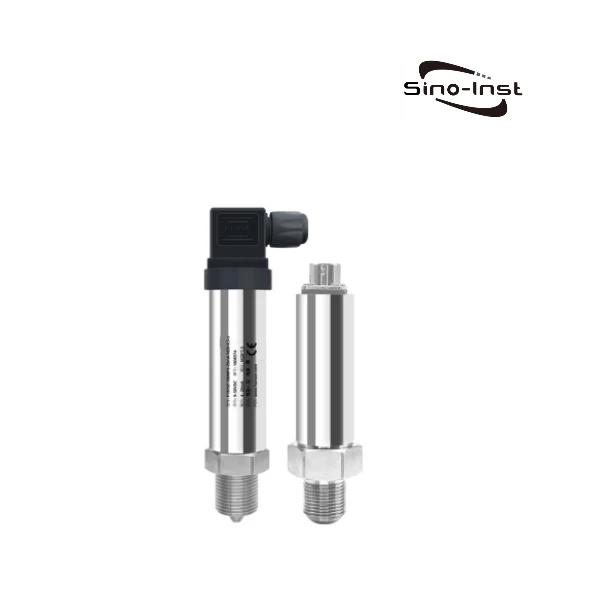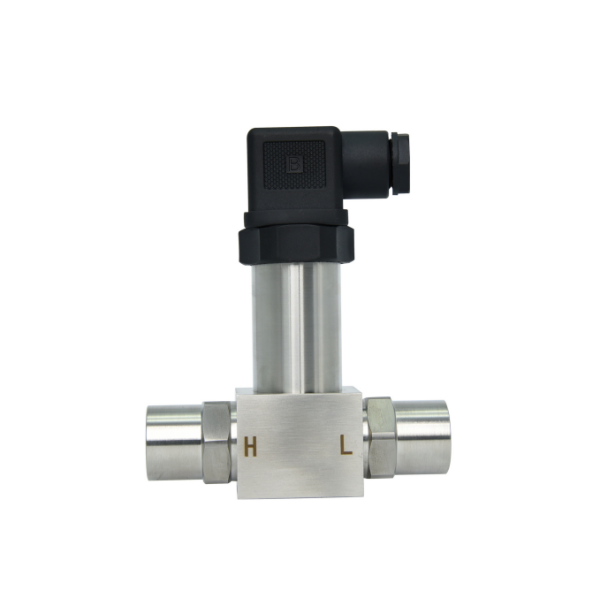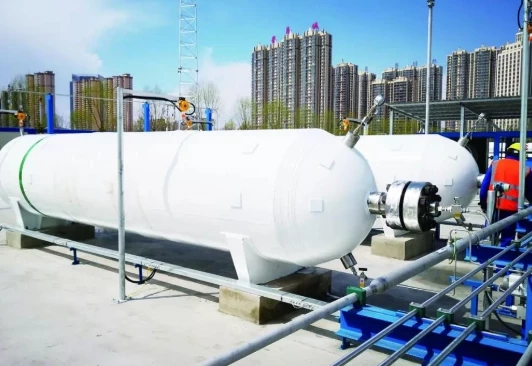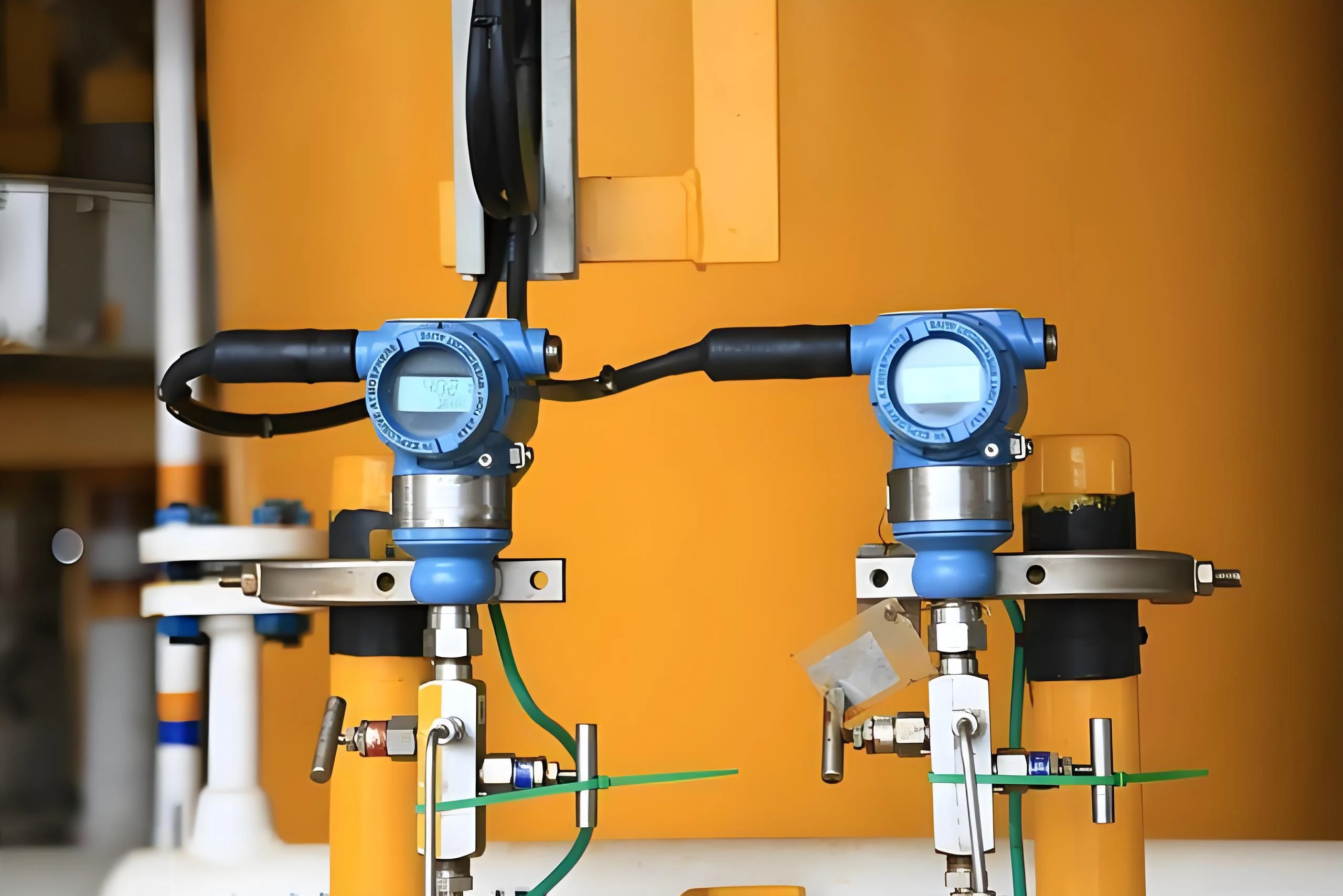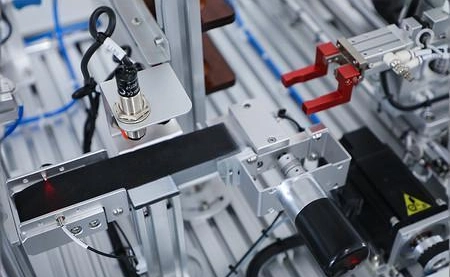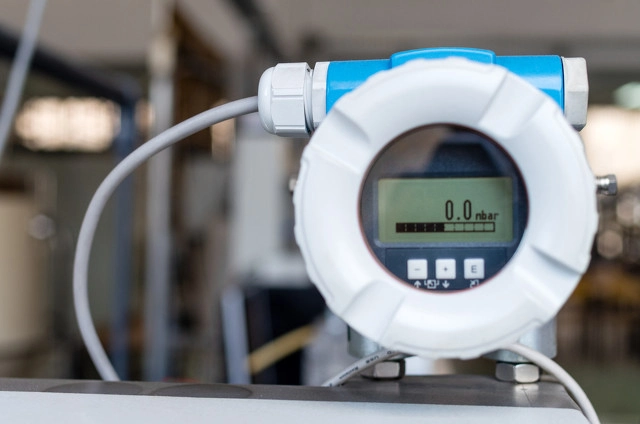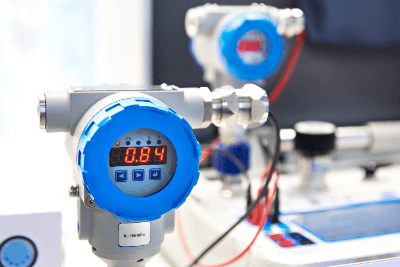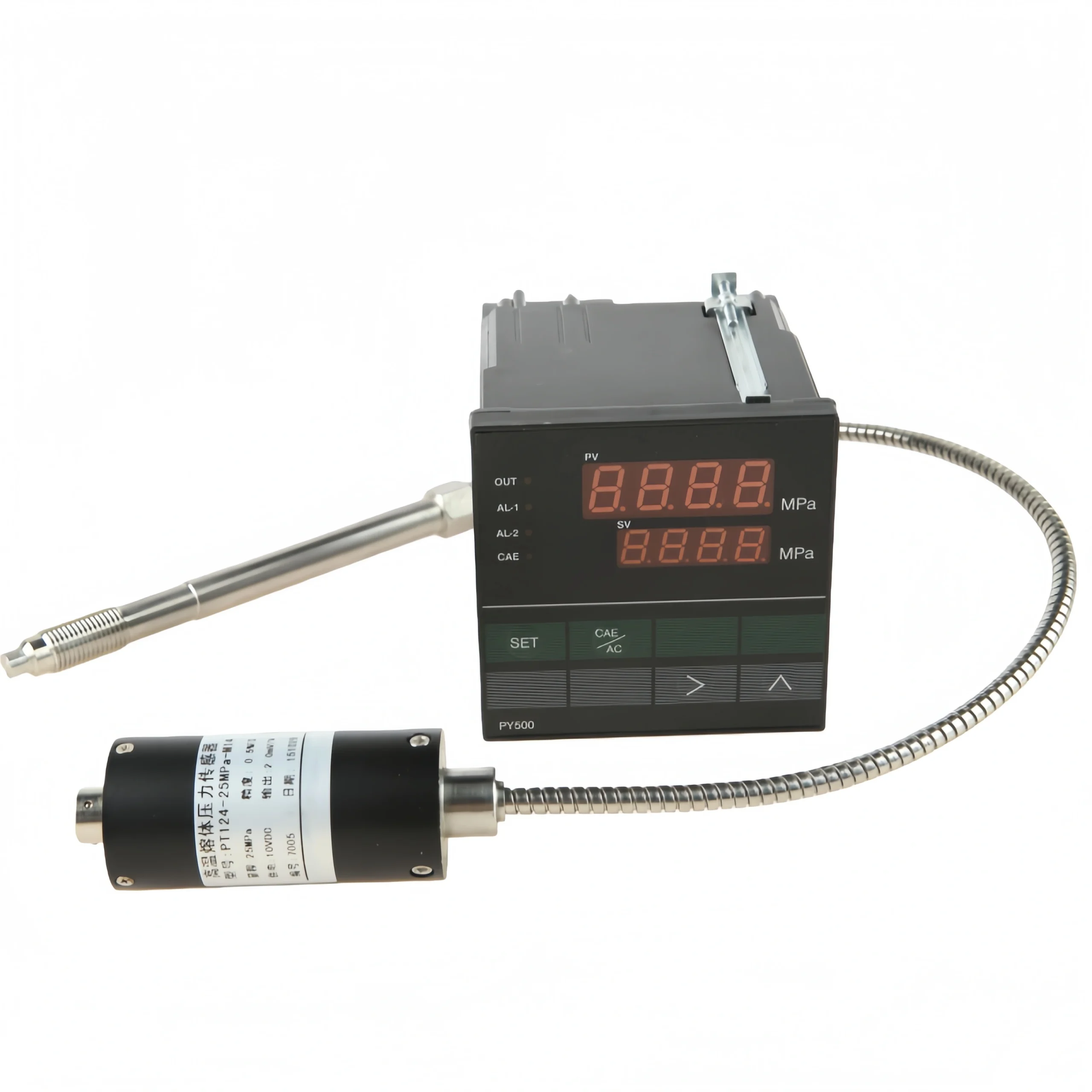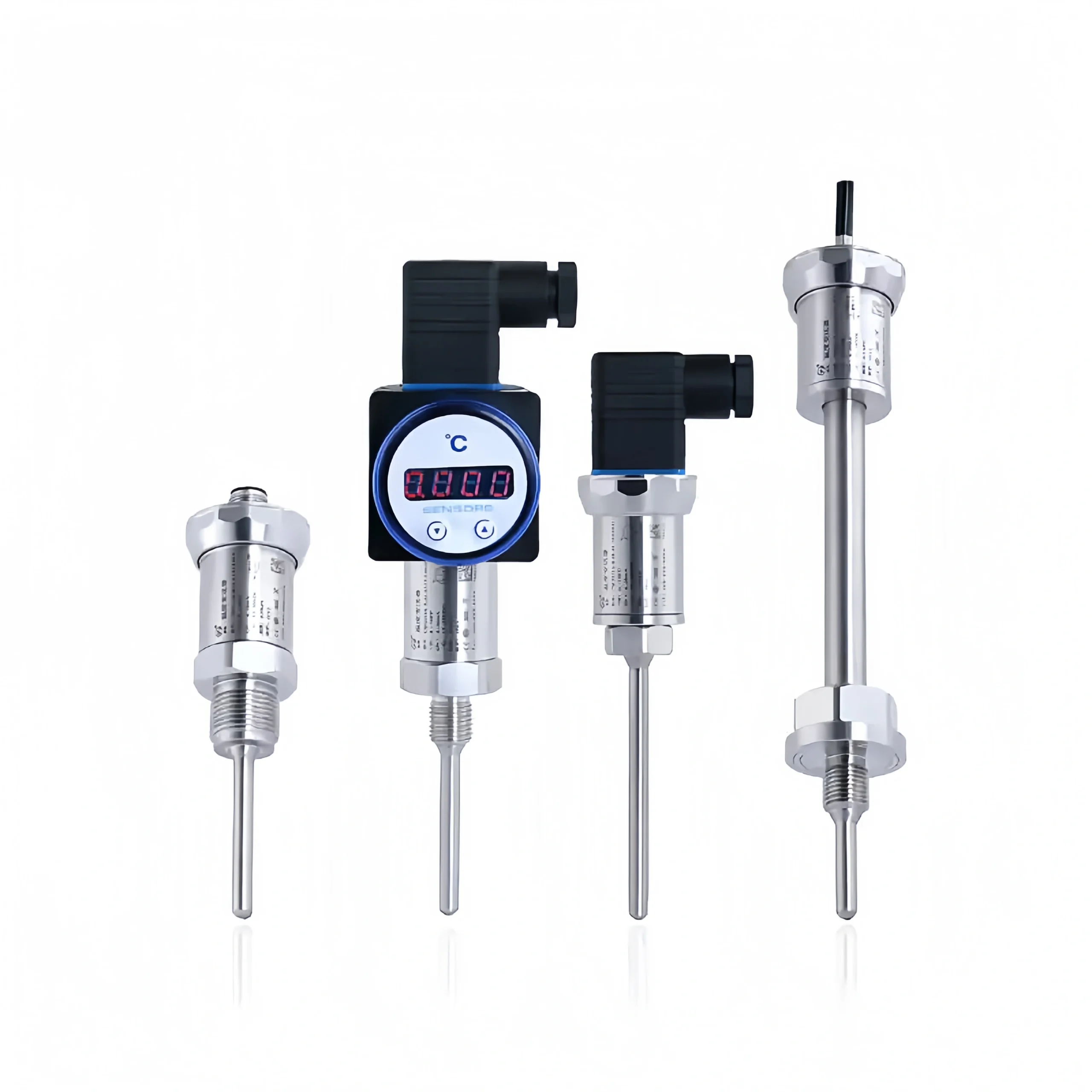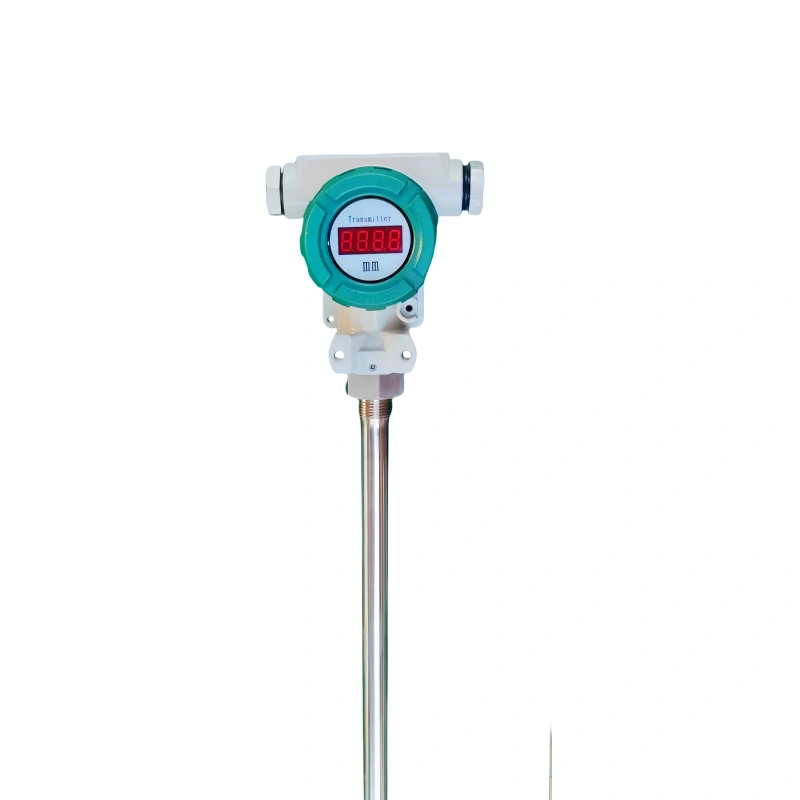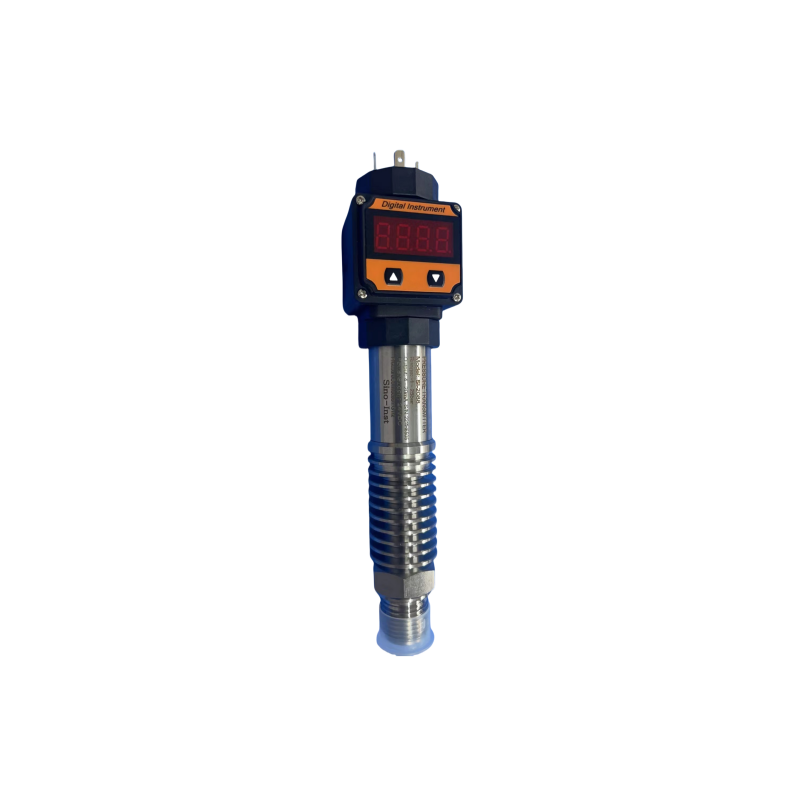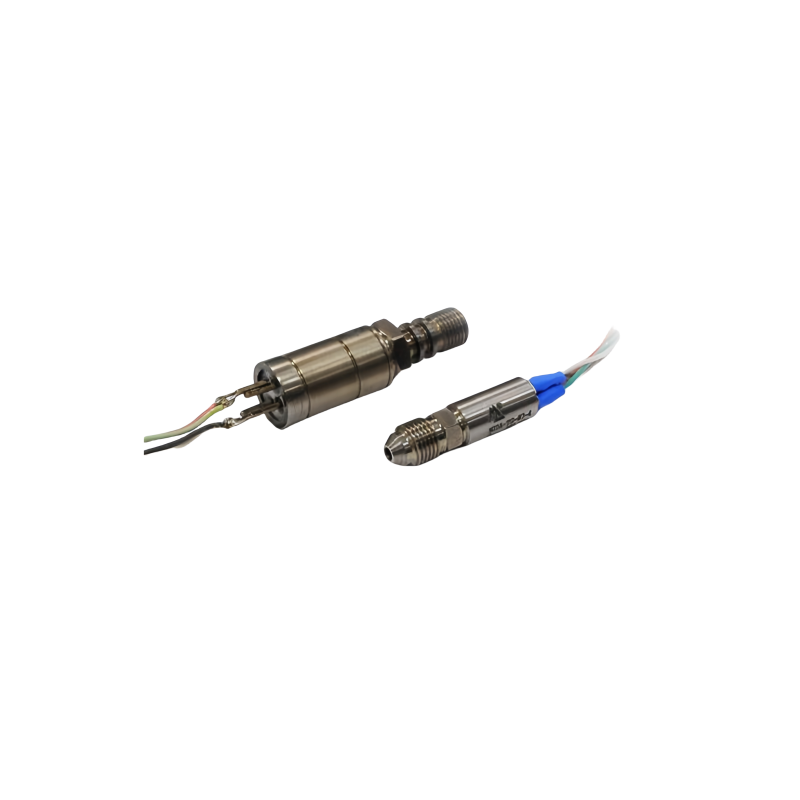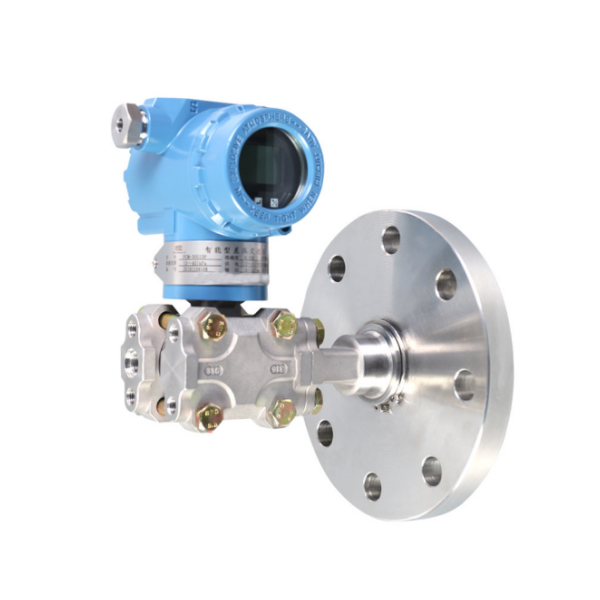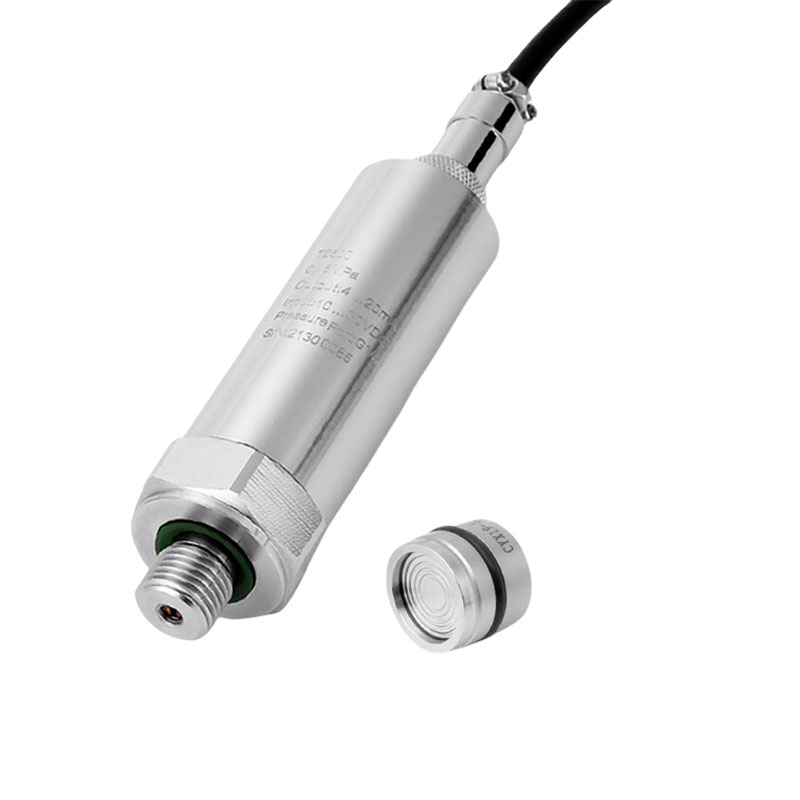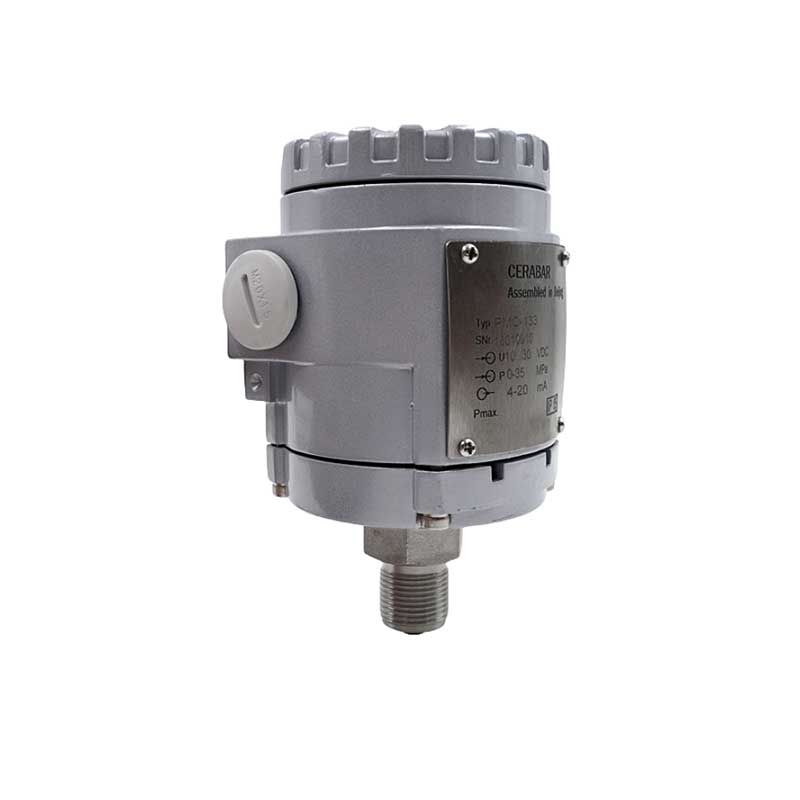Sensor technology is an indispensable part of modern industry, scientific research and daily life. Among them, air pressure sensors are devices that can accurately measure gas pressure. For example, nitrogen/hydrogen, etc.
Based on Sino-Inst’s many years of industry experience, this article will explore the classification, working principle and applications of air pressure sensors in various fields. And answer some related technical questions.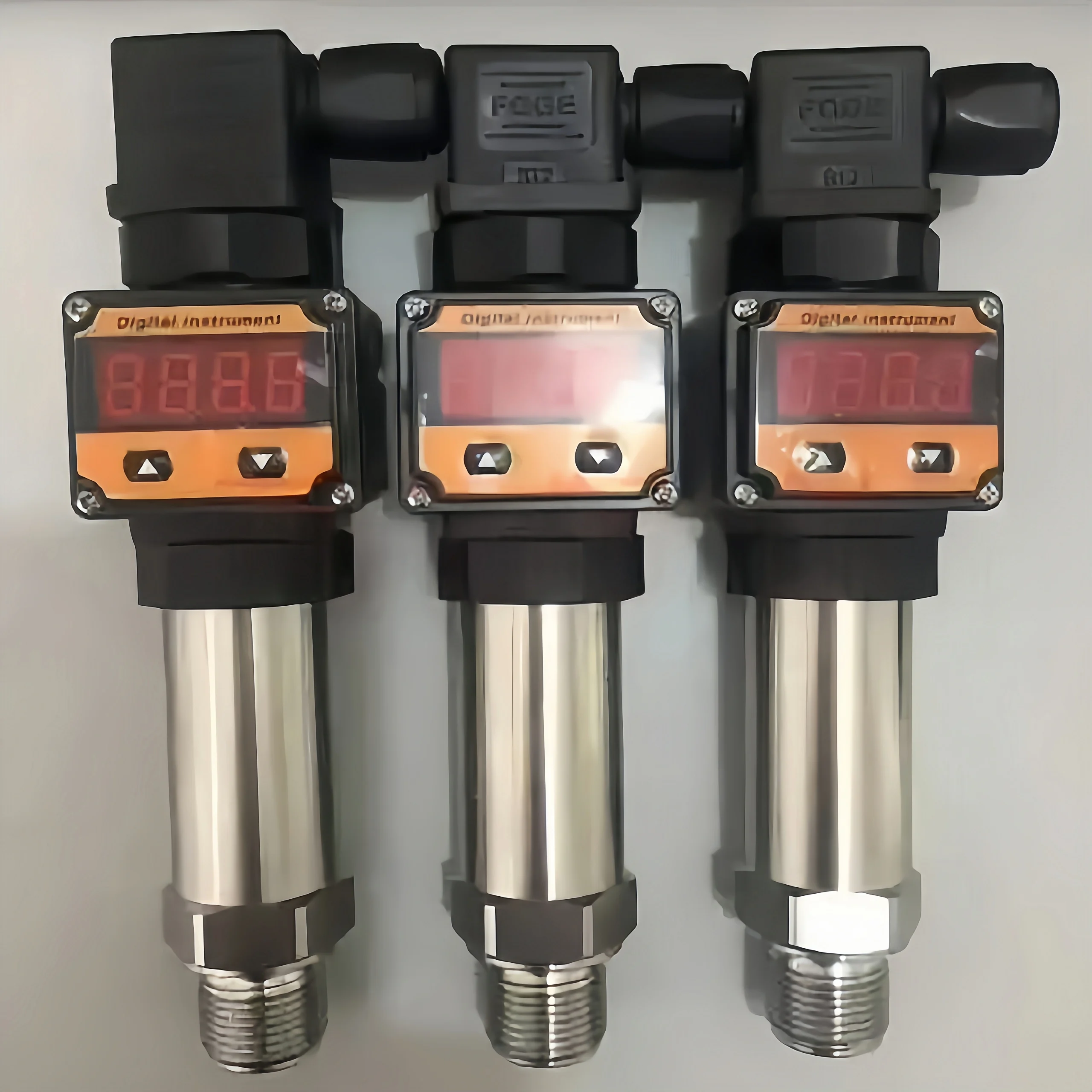
What is an Air Pressure Sensor?
The air pressure sensor is a detection device. It can convert the detected gas pressure into an electrical signal or other required form of information output. The air pressure sensor supports multiple output forms: RS-232, RS-485, 4-20mA, etc.
It can transmit, process, display and control information. It is the first link to realize automatic detection and control.
Common air pressure sensors include piezoresistive sensors, capacitive sensors and piezoelectric sensors.
Air Pressure Sensor Benefits:
- Miniaturization
- Easy to install
- Adaptable to extreme environments
- Widely used
- High accuracy
- Various types
- Can meet different measurement needs
- Support customization and OEM
- Various signal outputs
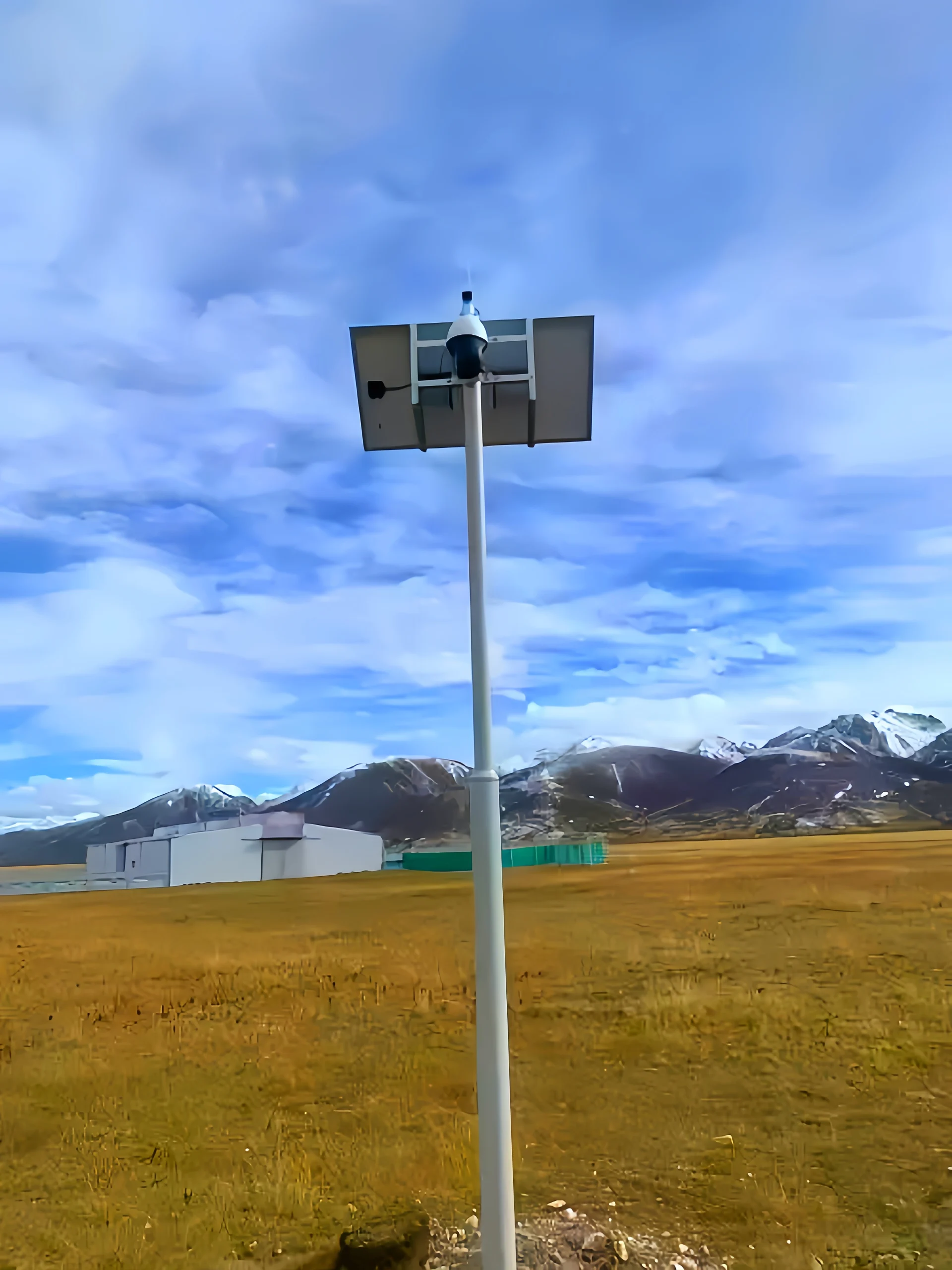
How does an Air Pressure Sensor Work?
Different types of air pressure sensors have different working principles. The following is an introduction to the working principle:
Mechanical air pressure sensor:
This type of sensor uses structures such as thin films or bellows. When atmospheric pressure acts on the sensor, the structure deforms. The deformation is converted into an electrical signal proportional to the air pressure. They are low-cost and suitable for general environments.
Semiconductor air pressure sensor:
This type of sensor uses the piezoresistive effect of semiconductor materials. That is, the resistance of semiconductor materials changes with changes in atmospheric pressure. This sensor is sensitive and accurate. It is suitable for occasions that require high-precision measurements.
Capacitive air pressure sensor:
The atmospheric pressure is measured by the change in capacitance. When the atmospheric pressure acts on the elastic element of the sensor, the distance between the two plates of the capacitor changes.
The magnitude of the atmospheric pressure is determined by measuring the change in capacitance.
Inductive air pressure sensor:
Uses the change of inductance to measure atmospheric pressure. When the atmospheric pressure acts on the elastic element of the sensor, the inductance value of the inductor coil changes. The atmospheric pressure is determined by measuring the change of inductance value.
Resonant air pressure sensor:
Uses the change of resonant frequency to measure atmospheric pressure.
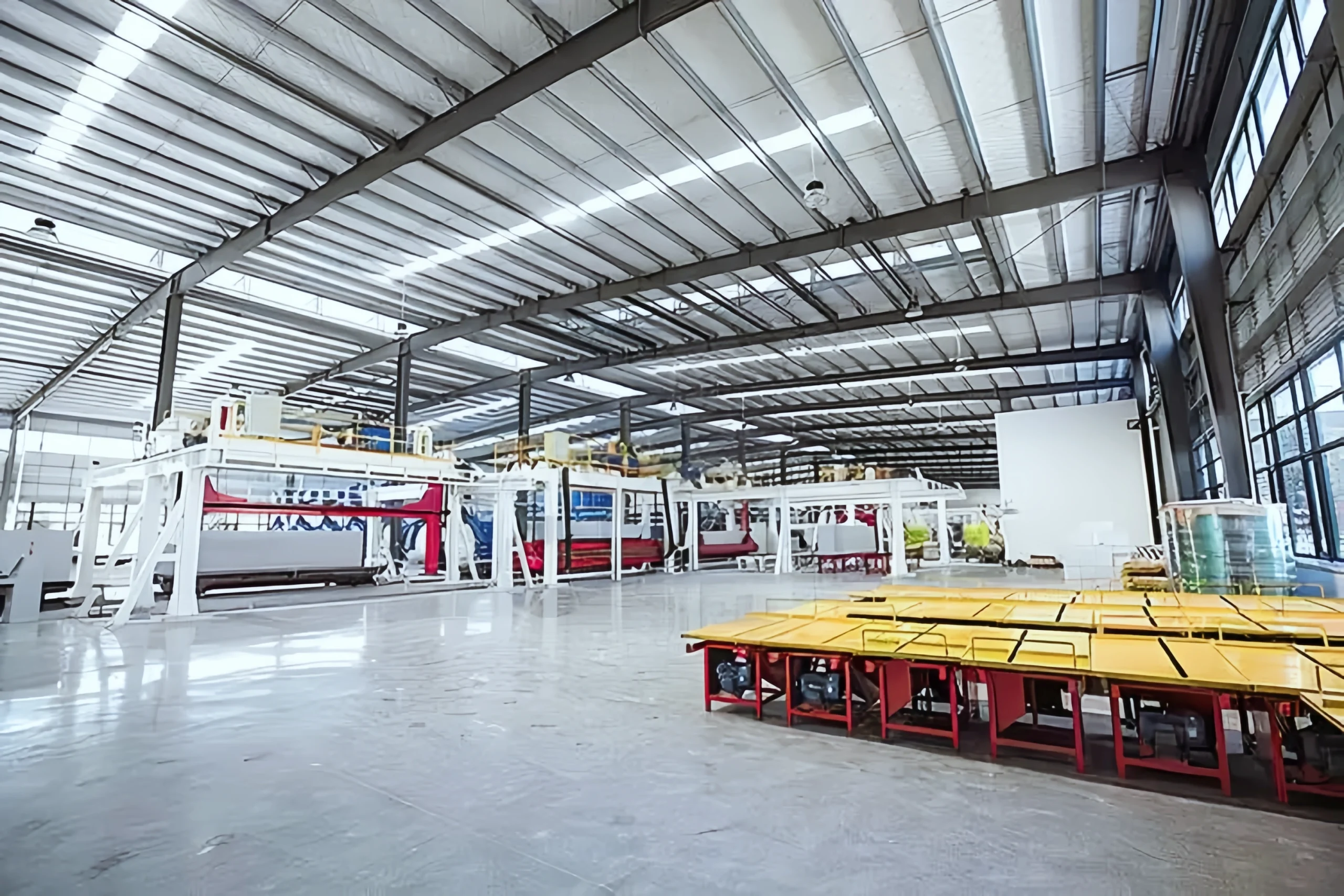
Air Pressure Sensor Applications
The application field of the air pressure sensor is diverse.
Weather forecast:
By measuring the change in atmospheric pressure. The trend of weather changes can be predicted. Provide an accurate basis for the weather forecast.
Aerospace:
By measuring the change of atmospheric pressure, the height and flight speed of the aircraft can be determined. The air pressure system of the aircraft can be adjusted. Ensure the safe flight of the aircraft.
Automobile:
The air pressure sensor can monitor the tire pressure. It can detect problems such as tire leakage, excessive or low tire pressure in time. Ensure driving safety.
In the automatic air conditioning system of the car, the working state of the air conditioner is automatically adjusted according to the pressure difference between the inside and outside of the car.
Smart home:
It monitors the changes in indoor and outdoor air pressure. And provide a control basis for smart doors and windows, fresh air systems and other equipment. Achieve automatic adjustment and optimization of the indoor environment.
Industrial Automation:
Air pressure sensors can be used to monitor the air pressure of various gases. Ensure the stability and safety of the production process and improve production efficiency.
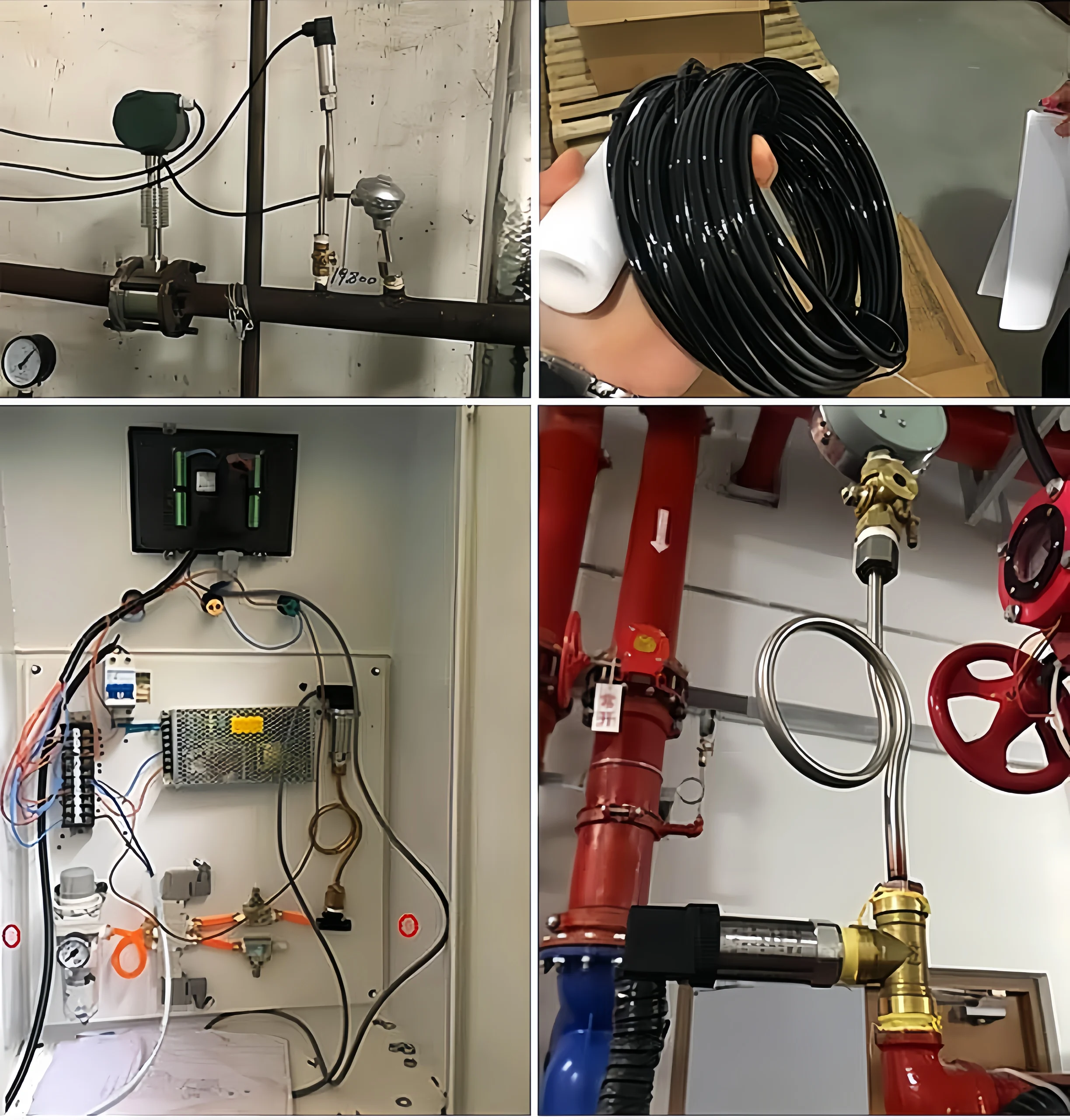
Sino-Inst's Feature Air Pressure Sensor
How to Install an Air Pressure Sensor?
Locate the sensor:
Choose a suitable location to install the sensor. Make sure it can accurately measure the required pressure changes. Avoid exposing the sensor to a too harsh an environment. Avoid direct contact with high temperatures or corrosive gases.
Avoid vibration and shock:
When installing, use shock absorbers or vibration-absorbing materials to reduce the impact of vibration and shock.
Connect the pipeline:
Connect the sensor to the pipeline of the measured medium. Make sure the connection is tight to avoid leakage. And pay attention to choosing pipeline materials that are compatible with the medium.
Calibration and testing:
Calibration refers to comparison with a known standard. Adjust the sensor output to improve the accuracy. The calibration process can be performed by professional calibration equipment or services. Or perform self-calibration according to the manufacturer’s guidance.
A stable air pressure source or standard equipment can be used to apply different pressures. And record the sensor’s measurement results. By comparing with known reference values, the accuracy and deviation of the sensor can be determined. It is necessary that adjustments can be made.
Regular maintenance and inspection:
Regularly check the sensor for damage, leakage or corrosion. And clean and maintain it to ensure its normal operation.
During installation and maintenance, pay attention to following the installation guide. and NOTE that the operating manual provided by the manufacturer. These guides usually contain detailed instructions on installation location, environmental conditions, calibration process and maintenance recommendations.
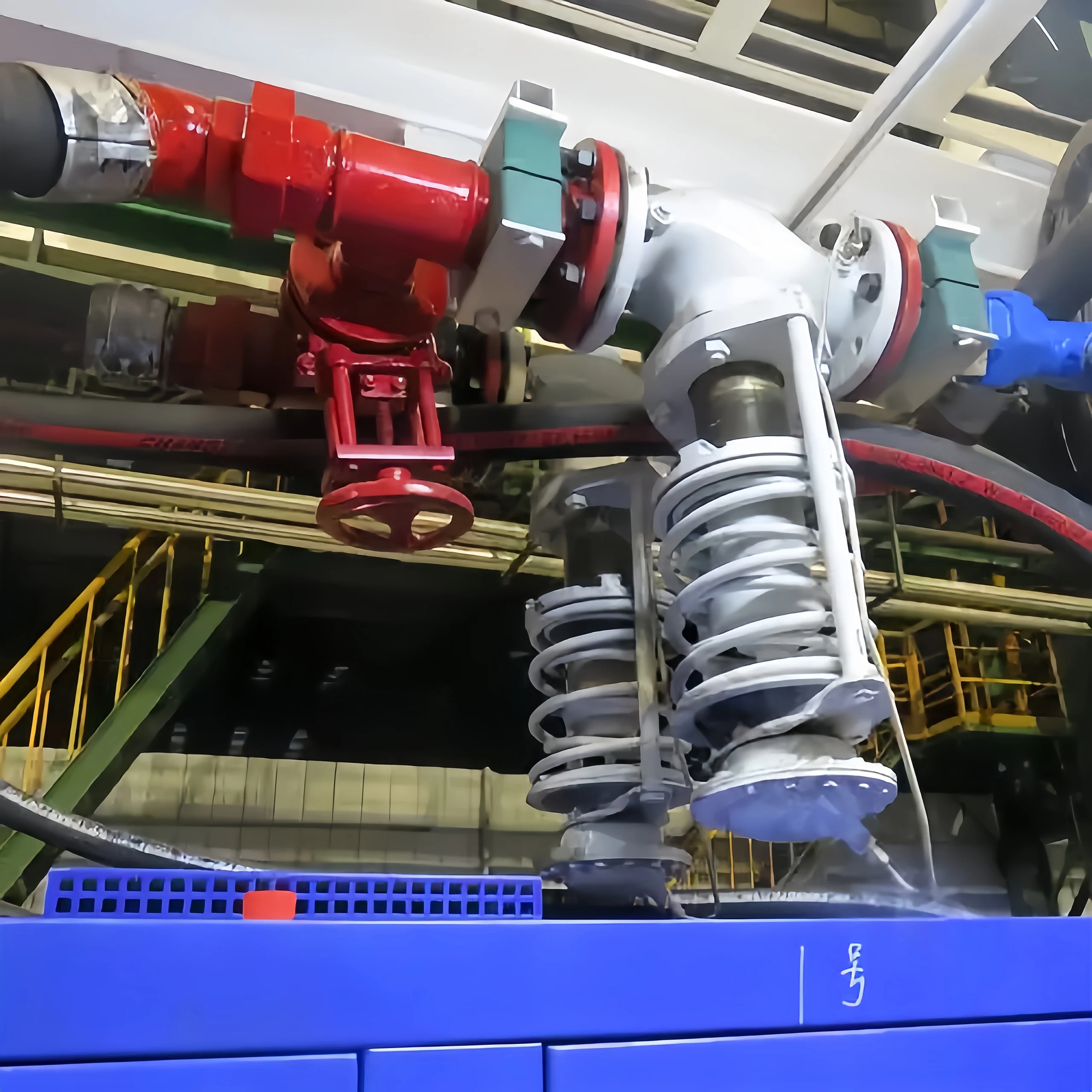
How to Fix an Air Pressure Sensor?
Possible failure phenomena of the air pressure sensor.
Common failures include, but are not limited to the following:
1. Abnormal output signal
The electrical signal output by the sensor does not match the actual pressure.
2. Zero offset
The zero point of the sensor output is offset; that is, a non-zero signal is output in a pressure-free state.
3. Reduced sensitivity
The sensor responds more slowly to pressure changes.
4. Cross-over failure
The sensor output signal suddenly jumps or is discontinuous within a specific pressure range.
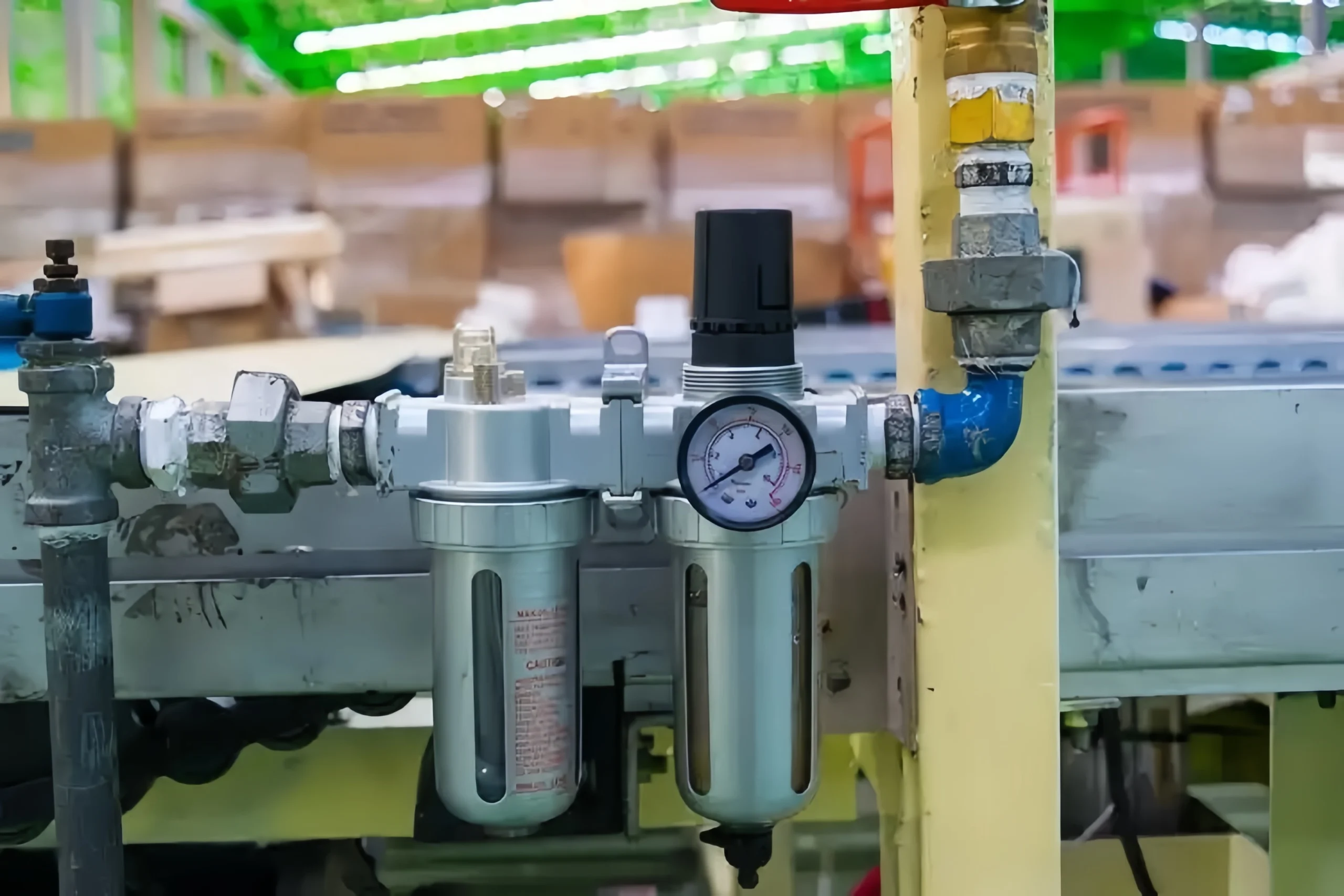
Troubleshooting methods of the air pressure sensor
For different fault phenomena, the following troubleshooting methods can be adopted:
1. Calibration
Calibrate the air pressure sensor regularly. Ensure that the output signal is consistent with the actual pressure.
2. Check the connection
Check whether the connection between the sensor and the instrument or control system is good.
3. Cleaning
Clean the sensor surface regularly. Avoid dust or dirt affecting the sensitivity and accuracy of the sensor.
4. Replace the seal
If the seal is found to be aging or damaged, replace it in time.
5. Check the power supply
Check whether the power supply voltage of the sensor is stable.
6. Replace the faulty parts
If the internal parts of the sensor are found to be damaged or aging, they need to be replaced in time.
Which Sensor Measures Air Pressure?
Piezo-resistive sensor:
Usually composed of two thin film resistors. The resistor is sandwiched by a piezoelectric material.
When the gas pressure is applied to the sensor surface, the resistance value of the thin film resistor changes. Because the pressure causes the deformation of the thin film resistor. The deformation changes the resistance of the resistor. By measuring the change in resistance, the pressure of the gas can be measured.
Capacitive Sensor:
The capacitor in the sensor usually consists of an air gap between two metal plates. When the gas pressure is applied to the sensor surface, the distance between the metal plates changes slightly. The deformation changes the capacitance of the capacitor. By measuring the change in capacitance, the pressure of the gas can be inferred.
Piezoelectric Sensor:
It uses the piezoelectric effect to measure the pressure of the gas. Piezoelectric materials are materials with a special crystal structure.
When pressure or an electric field is applied, it produces charge separation and polarization. In a piezoelectric sensor, the piezoelectric material is usually fixed in a mechanical structure so that it can deform when subjected to gas pressure.
This deformation causes charge separation inside the piezoelectric material, creating a potential difference. By measuring the change in potential difference, the pressure of the gas can be determined.
How to Choose the Best Air Pressure Sensor?
Choosing a good air pressure sensor needs to be decided according to your actual working conditions. Here are the factors you need to consider:
- Measurement range
- Working environment
- Accuracy and resolution
- Response time
- Durability and reliability
- Output signal
- Material of the air pressure sensor
- Cost and budget
How to Calculate the Pressure of Air?
The ideal gas law formula is as follows:
P*V=n*R*T
Where:
P: air pressure, (Pa) or (atm);
V: gas volume, cubic meter (m³) or cubic centimeter (cm³);
n: number of moles of gas, mole (mol):
R: ideal gas constant, whose value varies according to the units of pressure and volume.
Common values are 8.314J/(mol·K) or 0.0821L·atm/(mol·K);
T: temperature, Kelvin (K)
If you know the volume, mole number and temperature of the gas. You can use this formula.
With the continuous advancement of technology, the performance of air pressure sensors is constantly improving. The air pressure application field will also continue to expand.
Sino-Inst’s air pressure sensors support customization. If you have questions about measuring air pressure, please feel free to contact us. Our products have been tested in many industries. Our more than 20 years of experience can help you solve technical problems.

